From 1 October 2023, new fire safety legislation comes into effect which will impose new duties on businesses and building owners.
Check your fire safety responsibilities under Section 156 of the Building Safety Act 2022 – GOV.UK (www.gov.uk)
This new requirement replaces the previous requirement to record only the significant findings of the risk assessment. It also removes the previous limitations on the circumstances within which you are required to record both the risk assessment and the fire safety arrangements at your premises, such as only being required to record this information if there were five or more employees or where subject to licensing or an alterations notice.
The previous requirement to have a written fire risk assessment only applied in certain circumstances (e.g. where the responsible person employs five or more persons). This will no longer be the case, and if you are a responsible person, then you will need to record both your fire risk assessment and fire safety arrangement in full, regardless of the size or purpose of the business or premises.
For mobile caterers: This will mean completing the relevant fire risk assessment templates that NCASS has provide so they can demonstrate they have assessed the relevant fire hazards e.g. use of electricity and LPG etc. As well as making sure they have procedures in place for checking and monitoring relevant firefighting equipment and training staff on its use.
For fixed site premises: This will mean doing the same as above but in addition carrying out a fire risk assessment for the building and documenting this. This will require them to consider their fire detection and evacuation procedures and ensure staff are trained in these matters. They should liaise with their building landlord who should also have done a fire risk assessment and request a copy.
The requirement to co-operate and co-ordinate fire risk assessments will be necessary in buildings with multi-occupancies. This is when members will need to share their fire risk assessments with a building landlord (who will have responsibility for common parts and shared escape routes) and other Responsible Persons (other businesses) in the building.
We advise members to always check the terms and conditions of their lease to ensure they are aware of their and the landlords responsibilities as this will be important information when completing a Fire Risk Assessment.
NCASS members who lease permanent sites such as pop-up catering facilities or restaurants and pubs must ensure that they and their staff understand the specific arrangements of the landlord’s fire risk assessment plan.
Below is a list of matters to consider when carrying out a fire risk assessment for a fixed site premises:
- The layout of the building and the location of escape routes
- The location of the nearest fire escapes
- The need to keep escape routes clear and unobstructed
- Doors on escape routes open in the direction of escape
- Escape routes are fitted with a push-bar or other device to allow escape without assistance
- The warning system e.g. fire alarm should be clearly audible, the sound should be recognisable
- The location of break glass call points
- When fire alarms will be tested
- The evacuation procedure including the identity of fire marshals
- The location of the assembly point
- That emergency signs and lighting must be kept in good working order
- The positions of the fire extinguishers and whether suitable for the businesses’ activities
- The identity of persons nominated to use the fire extinguishers
- Smoking restrictions including allocated smoking areas
- The need to avoid holes or gaps in walls, ceilings and floors
- Whereabouts of the first aid box and if first aiders are on site
- Presence of dangerous substances on the premises
- The location of the main gas switch
- The location of the electricity main switch
- Appropriate measures for the safe storage and disposal of waste
NCASS members can update their fire risk assessment here.
A tutorial on how to create a Fire Risk Assessment using the NCASS Risk Assessment tool is available on the NCASS Youtube channel
The guidelines for fire protection equipment are;
Where oil / fat frying or a griddle is used:
- Fire Blanket (this may change in the near future)
- 6ltr Wet Chemical Extinguisher or Dry Powder (wet chemical is best as dry powder makes a huge mess)
Where waste bins are provided/used:
- 6ltr Water Fire extinguisher
Where BBQ’s are used:
- 6ltr Water Fire extinguisher
Additional for Motorised Units:
An additional dry powder extinguisher should be available for engine fires within the cab if it is separated from the cooking area.
Staff should be trained in the use of extinguishers and their purpose.
Extinguishers and fire blankets should be maintained regularly and be serviced annually with a label attached to each item showing the inspection date and the engineer’s details.
Maintenance
Extinguishers and fire blankets should be maintained regularly and be serviced annually by a competent person in accordance with BS 5306.
Training
Staff should be trained in the use of extinguishers and their purpose, training records should form part of the operational process.
Where generators and/or electrical equipment are used:
- 2ltr CO2 Fire extinguisher, however this may need to be increased to take into account the number and types of equipment being used.

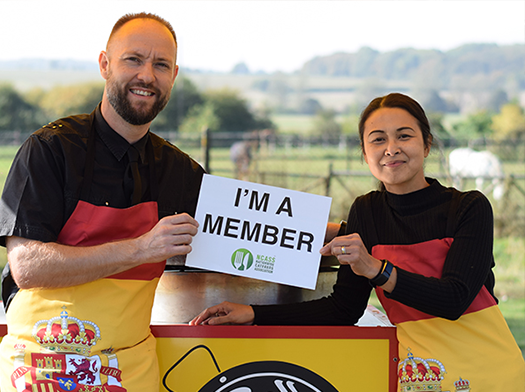
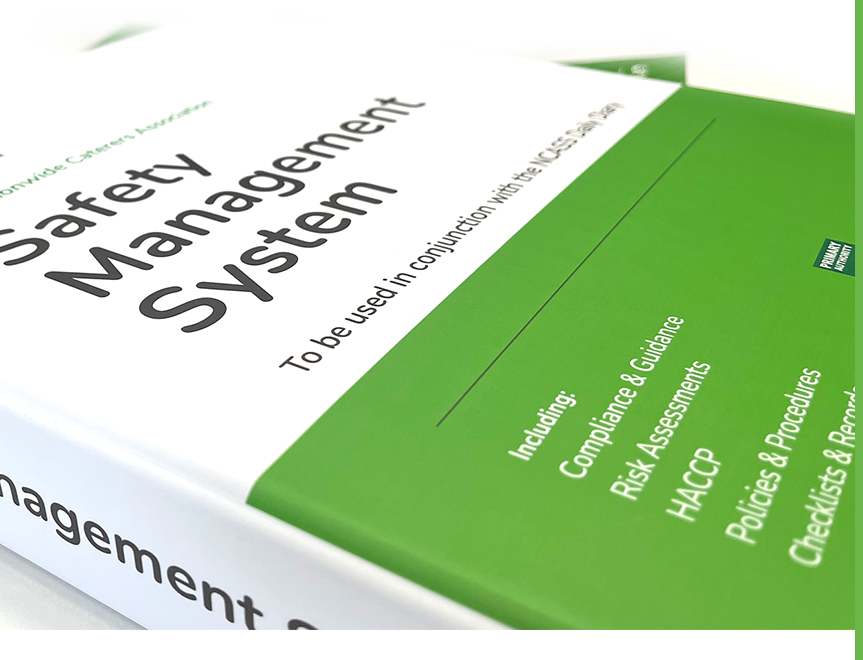
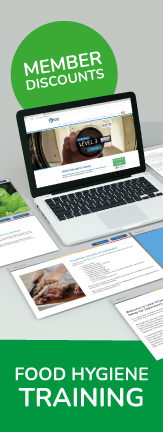
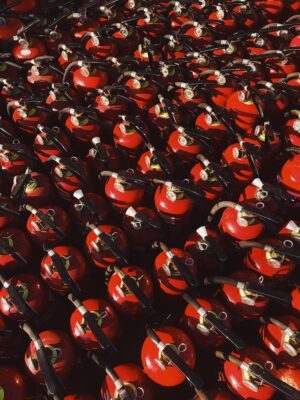



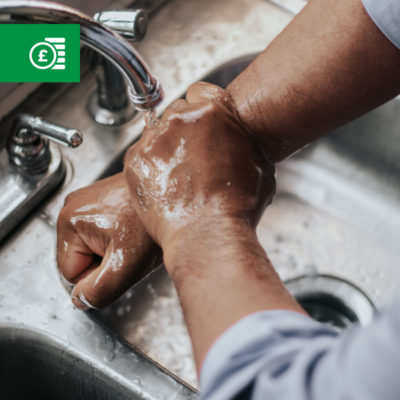


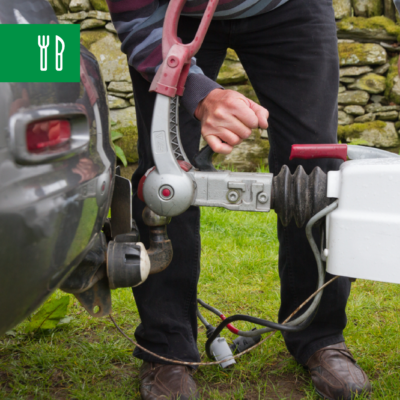

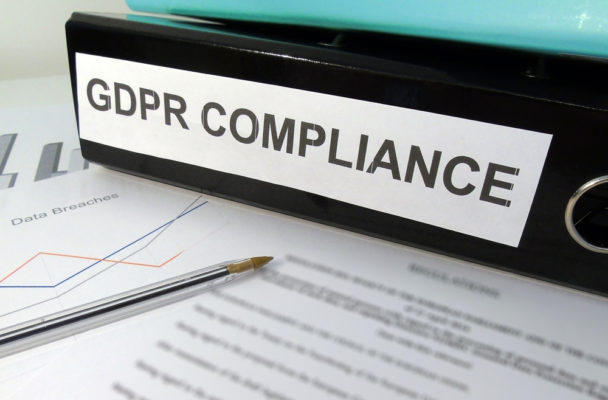




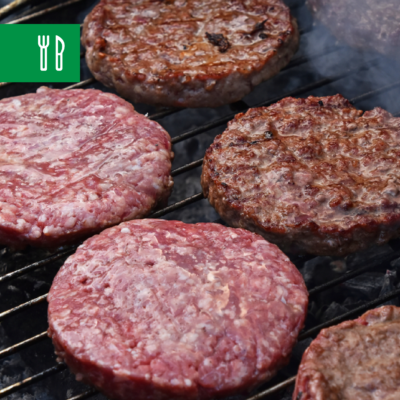

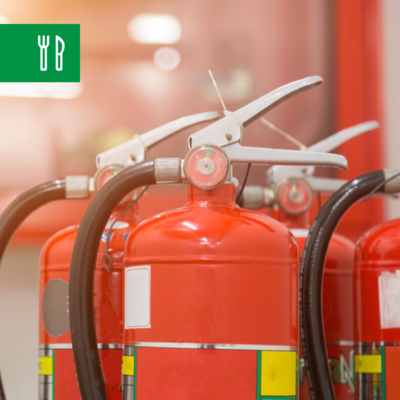


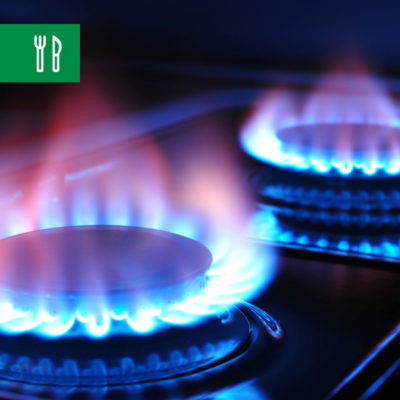
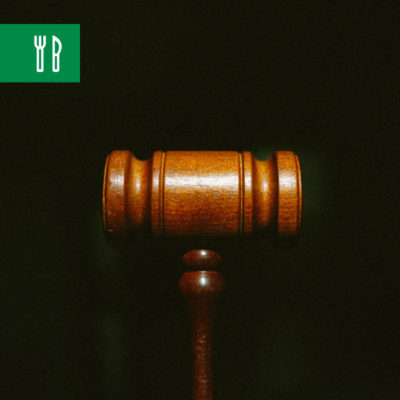
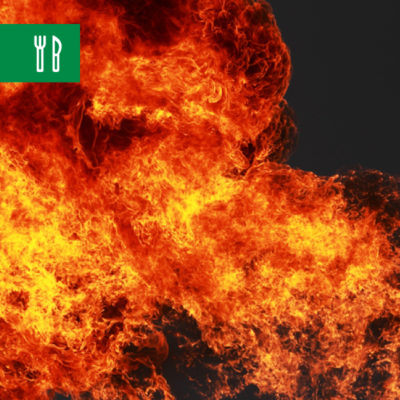

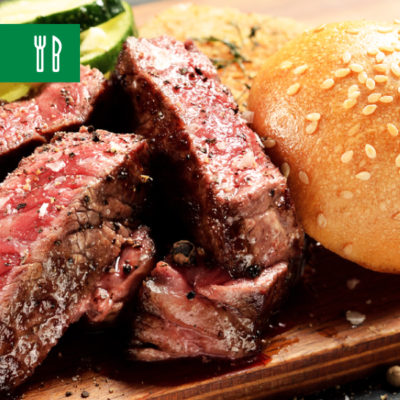
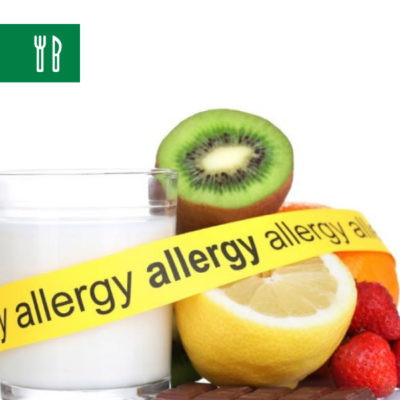

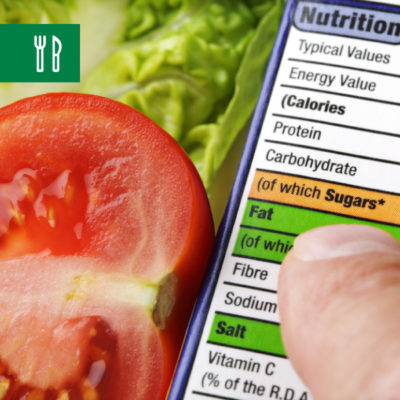
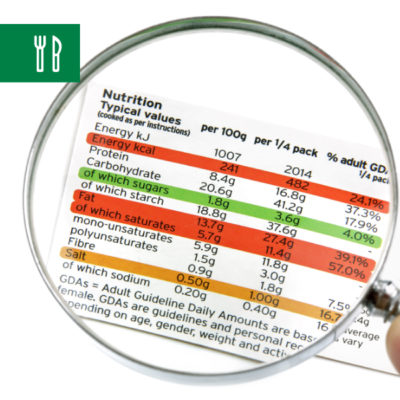

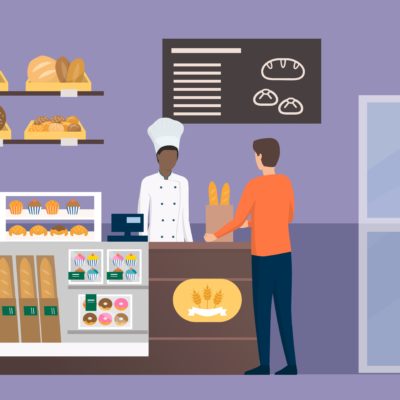
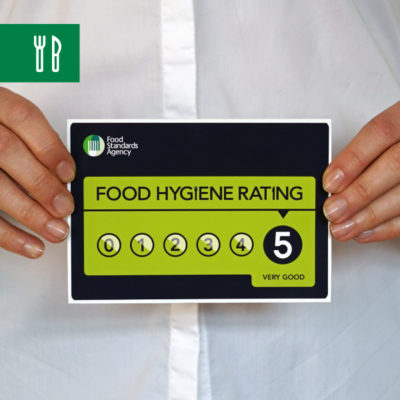
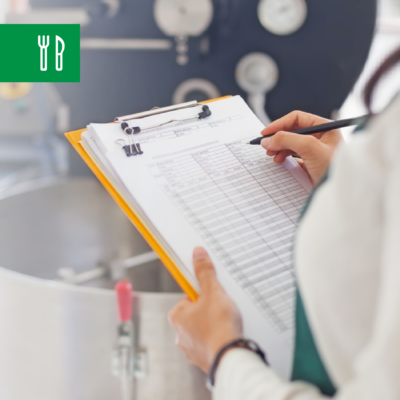
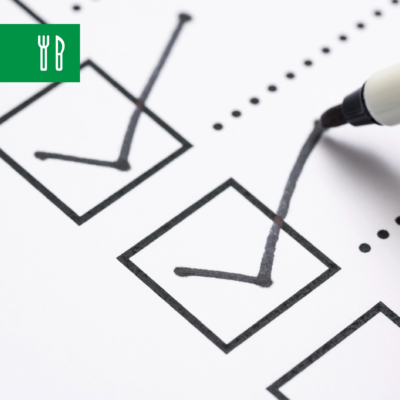
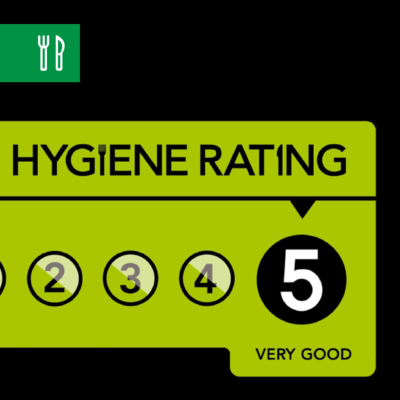
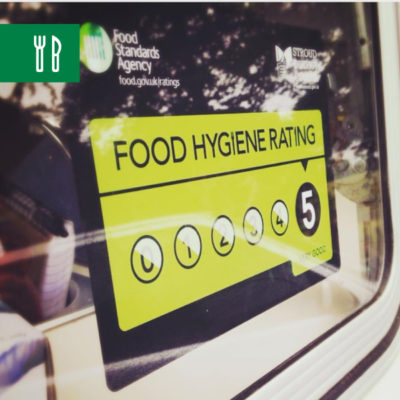

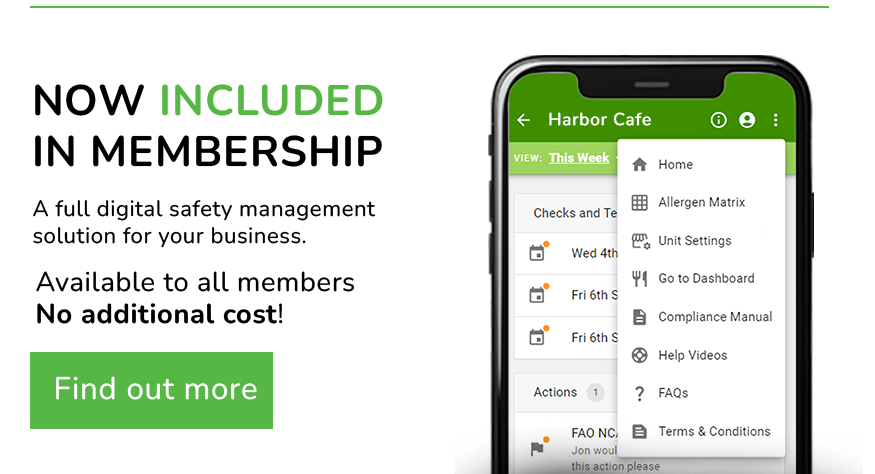
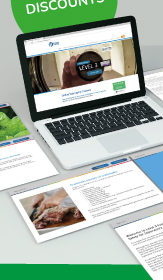 Featured Training
Featured Training